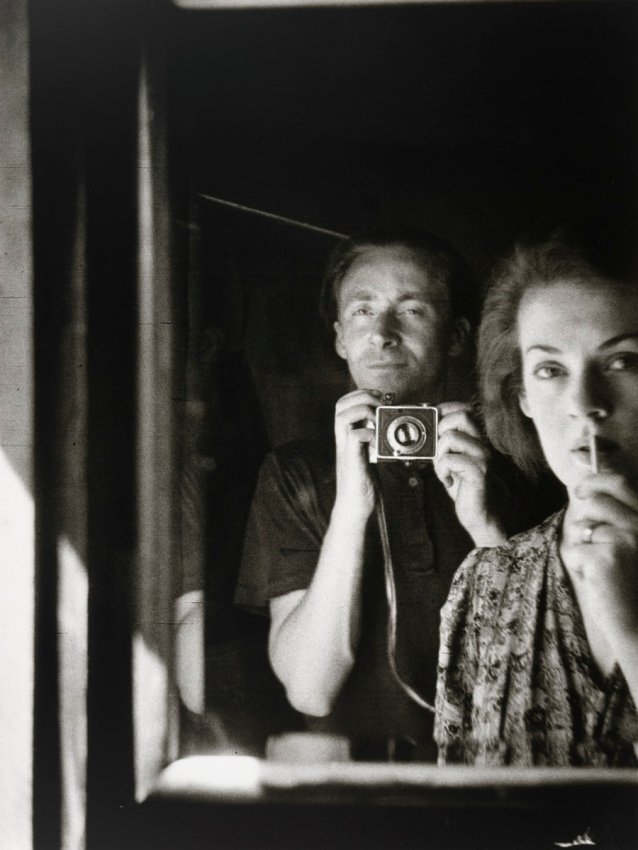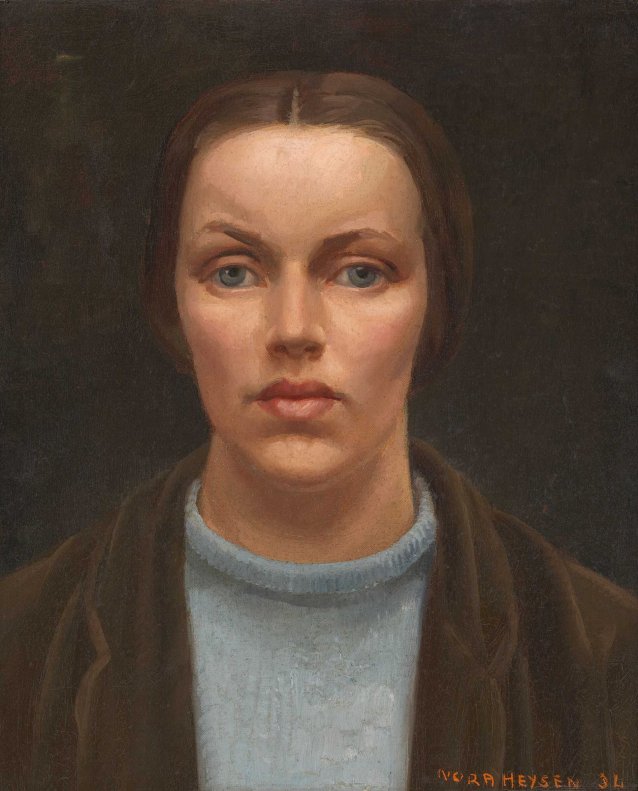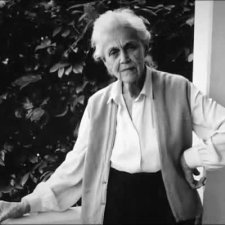Today is the last day and we want to hand it over to you. We will LOOK at the self-portraits by Nora Heysen and by Albert Tucker with Joy Hester; THINK about self-portraiture; WATCH a video interview with Nora Heysen; READ an article by Andrew Sayers; and then hand over to you for an extra special final activity.
To curators and art historians, the tradition of self-portraiture is integral to tracing and understanding the evolution of an individual artist’s style, working methods and output. By default, self-portraits also amount to a kind of readymade art historical timeline, providing invaluable insights into ideas about the purpose of portraiture and the interconnectedness of identity and creative expression. The latter is held to be particularly evident in self-portraits made during the first half of the twentieth century, when the sitter’s inner world started being seen as deserving of artistic exploration. Roughly 90% of the self-portraits owned by the National Portrait Gallery date from 1900 onwards, and several of these count as some of the most-prized works in the collection.
















